Lots of automotive engineers have worked for more than one brand, but few have a CV boasting as many highlights as Loris Bicocchi’s. The Italian has worked for Lamborghini, Pagani, Koenigsegg, KTM and Dallara. But it is his connection to two different eras at Bugatti that led to the chance to talk about his career.
When modern-era Bugatti showed us the EB110-inspired Centodieci, it effectively crossed the streams; the original car was produced when Bugatti belonged to Romano Artioli, that firm going bankrupt in 1995. Bicocchi worked on that project as chief test driver and also performed the same role for the Volkswagen-era Veyron and Bugatti Chiron.
While showing journalists around the abandoned EB110 factory at Campogalliano, Bicocchi admits his emotions from that era are still raw.

“I never cleared my desk,” he says as we stand in the echoing emptiness of the R&D department. “I didn’t want to – I knew that would mean it was really over.”
Bicocchi started out with Lamborghini, both he and the brand sharing the hometown of Sant’Agata Bolognese. “I was never interested in football, just cars,” he says. “I used to stand in front of the company gates waiting for cars to come out. My mother was worried because of the trucks – I was just 10 years old – but one day Bob Wallace, who was the test driver at the time, came out in an Islero S. He saw me waiting, then wound down his window and revved the engine for me. That was the day my career started.”
He worked initially in Lamborghini’s warehouse, then dropped out of college when an entry-level R&D role came up in 1974. Bicocchi came up through the ranks to become test driver, working on the Countach and the Diablo. But when former Lamborghini R&D boss Paolo Stanzani started with Bugatti, he was quick to offer his former protégé a job.
“I could not say no to something like this,” Bicocchi remembers. “A car with four turbochargers and four-wheel drive – I have always wanted new experiences.”
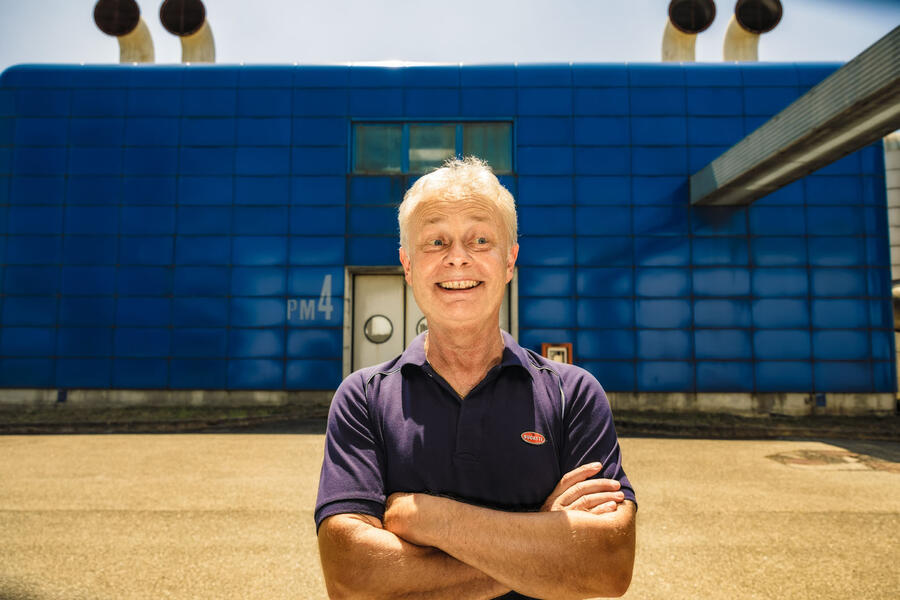

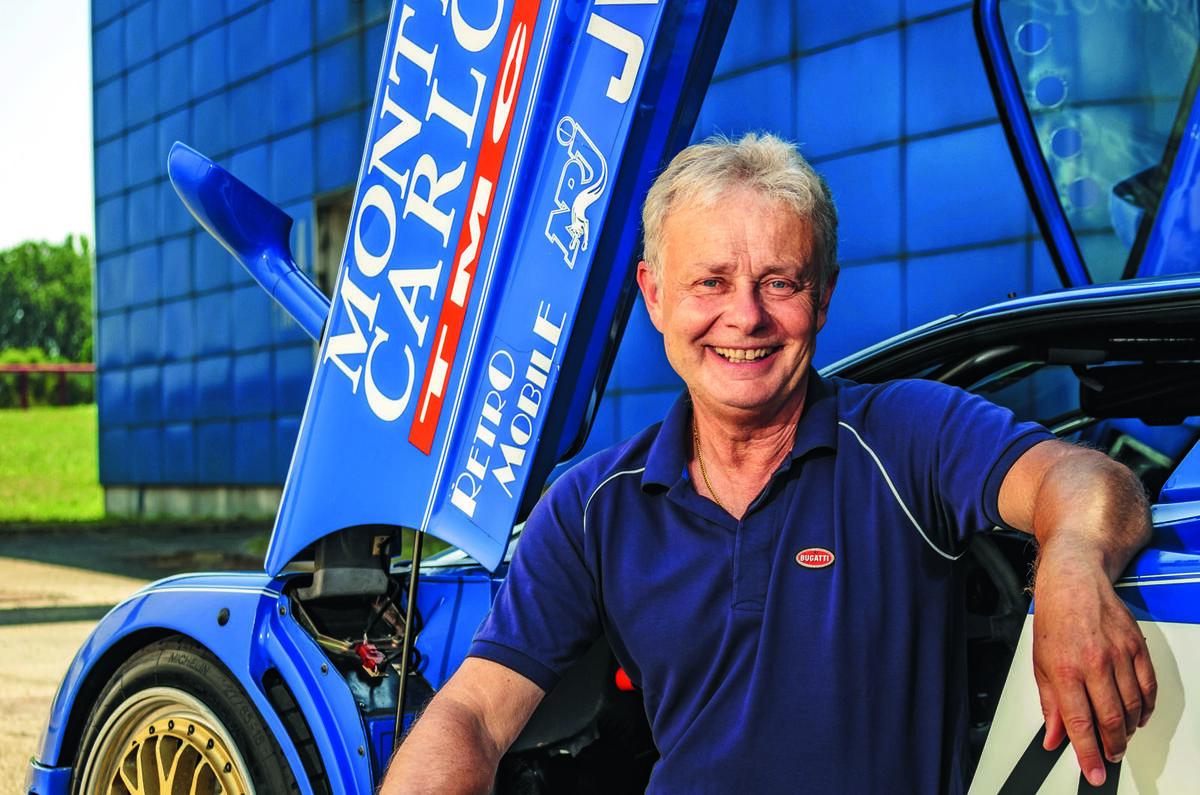
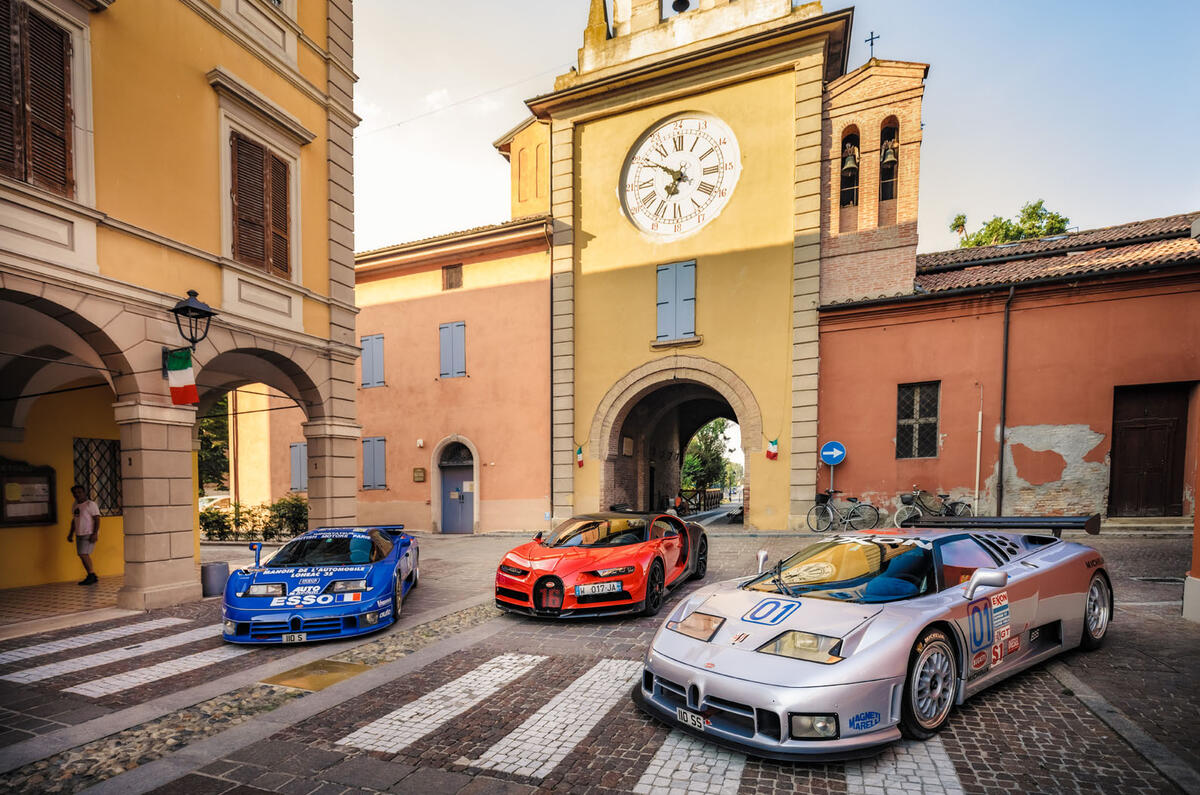
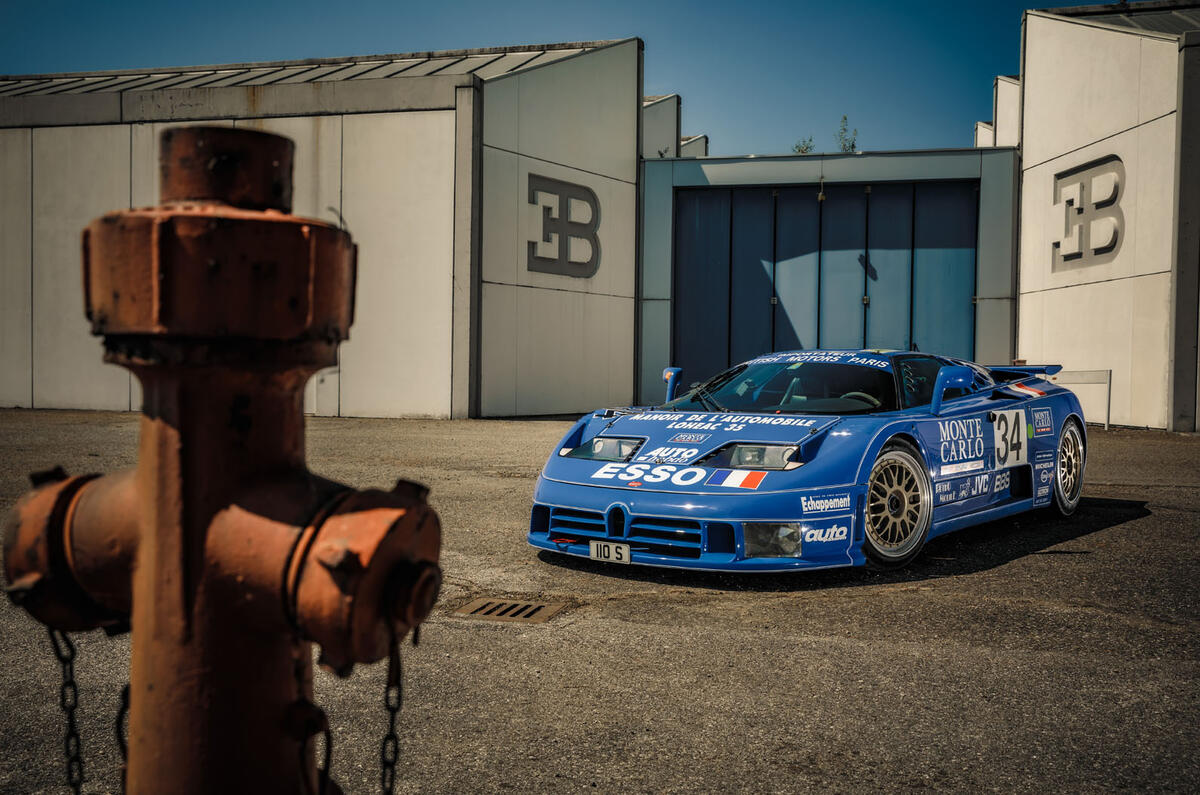
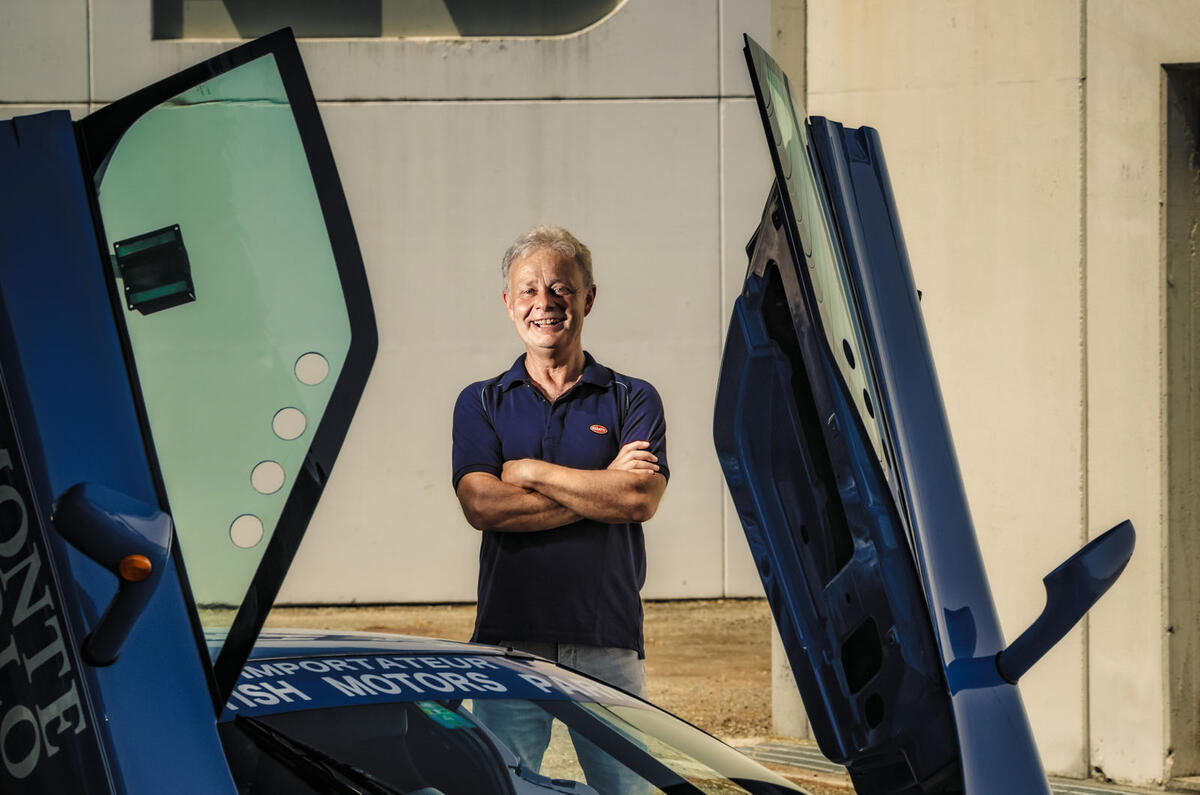
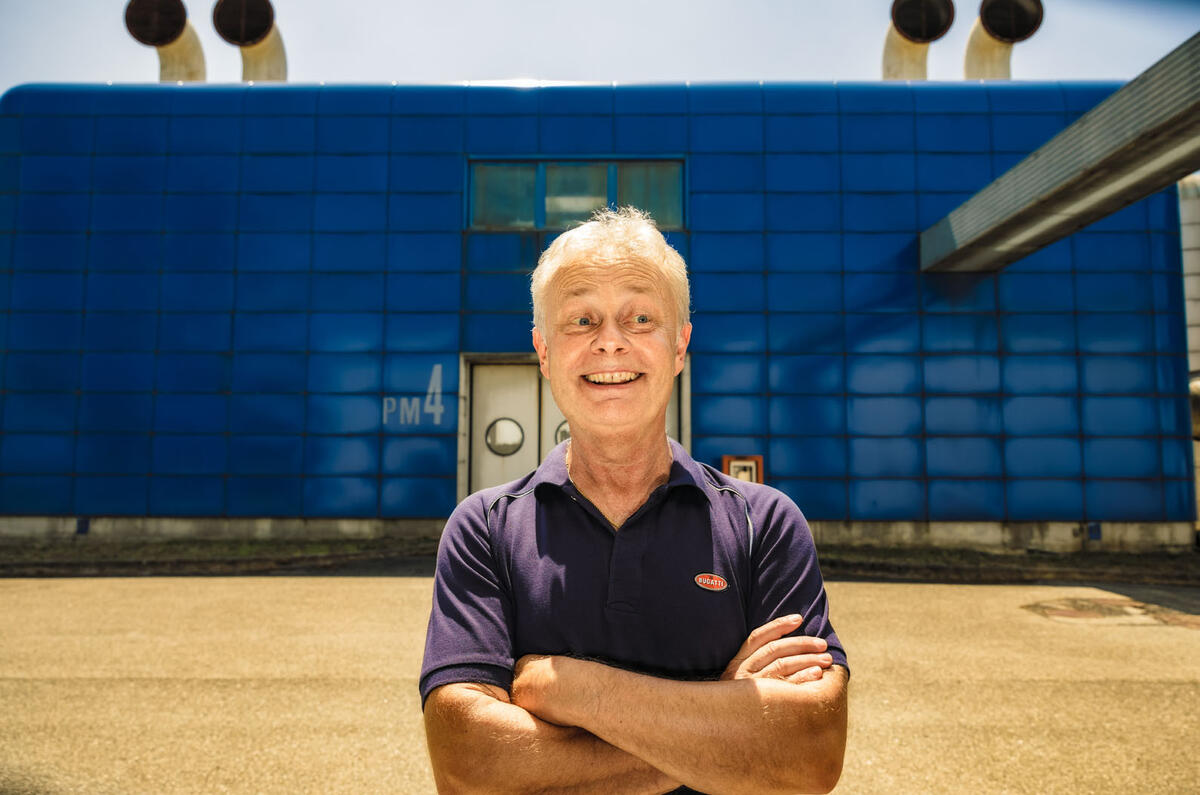

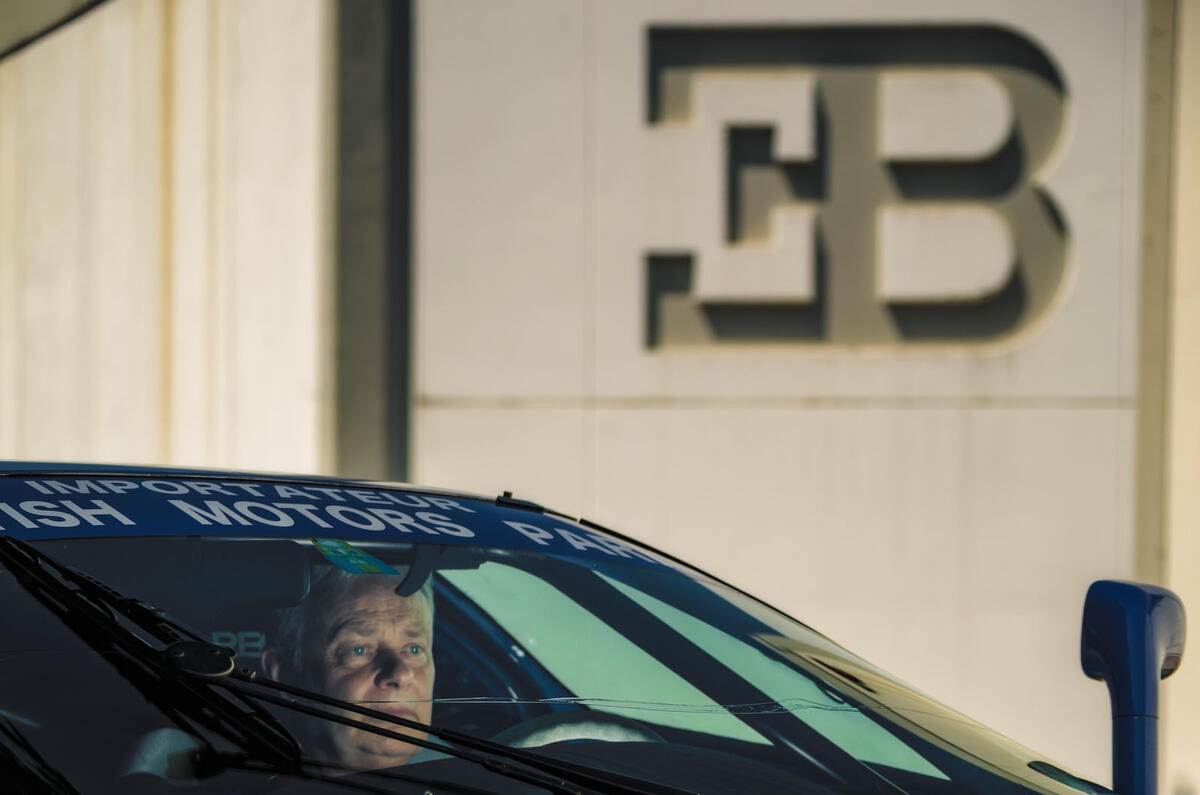

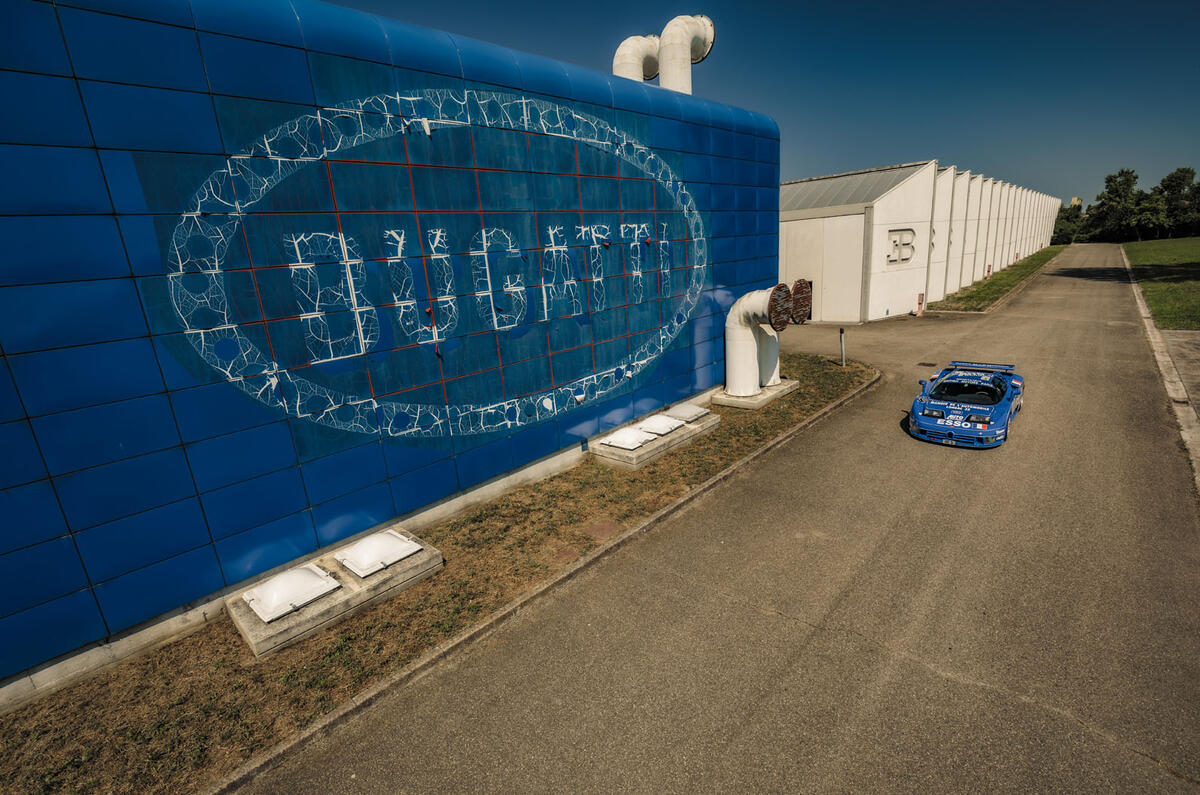
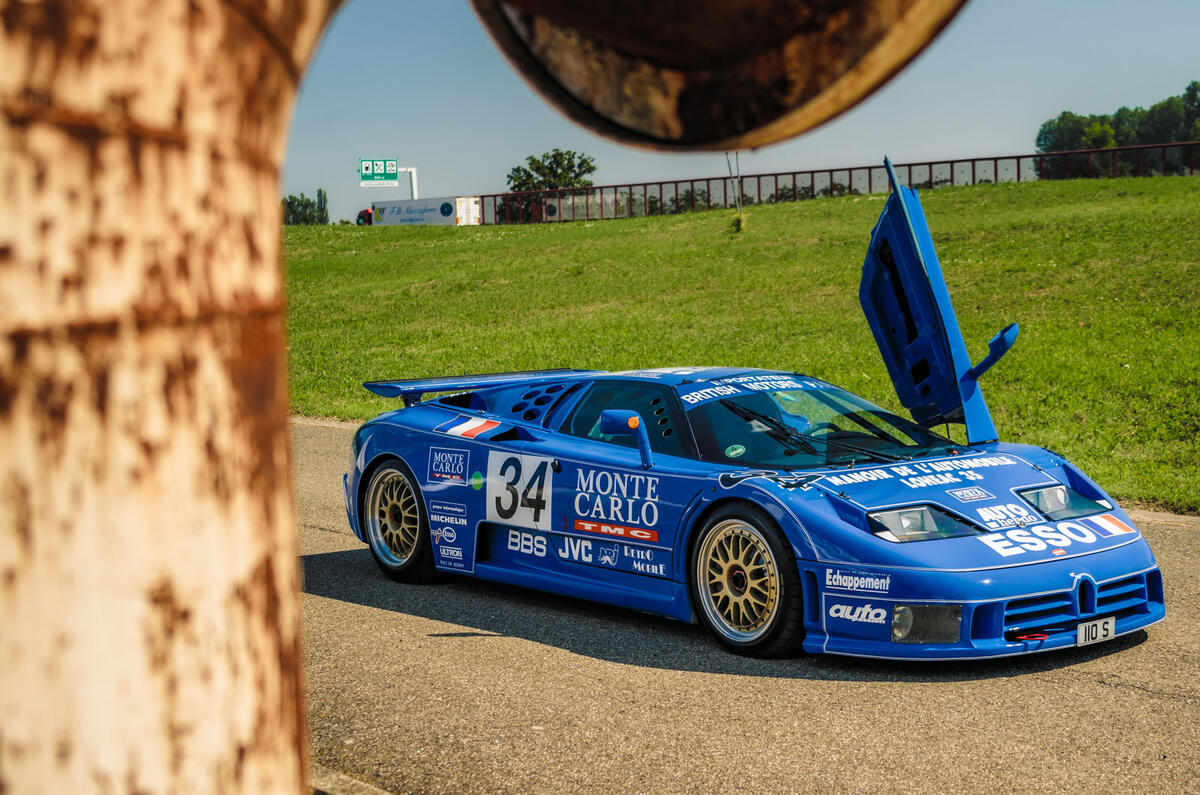


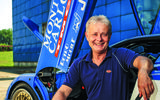
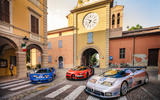

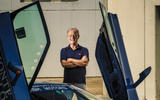
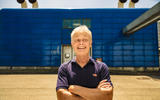
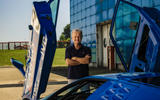
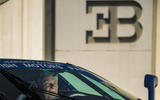

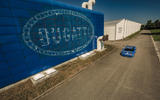

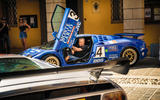
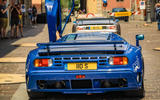






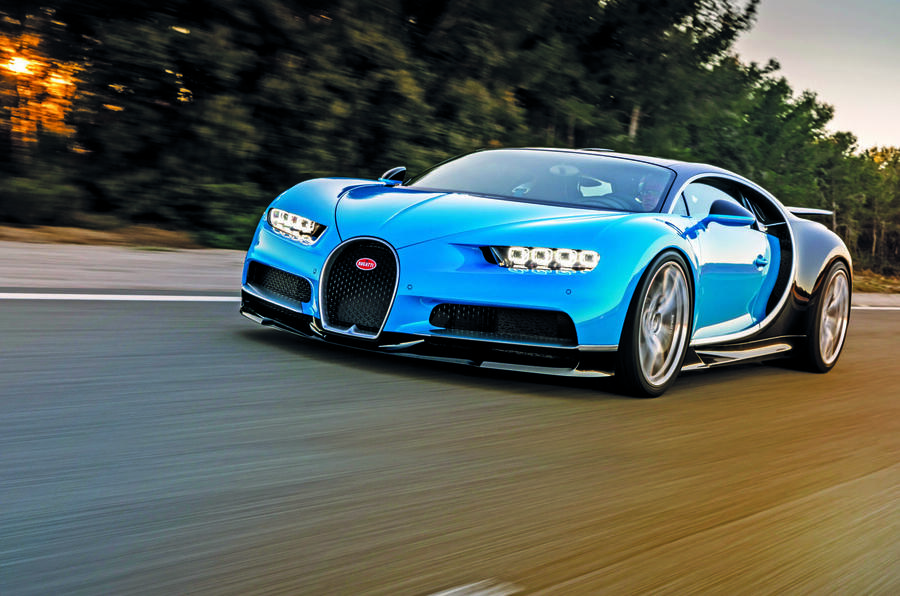


Add your comment